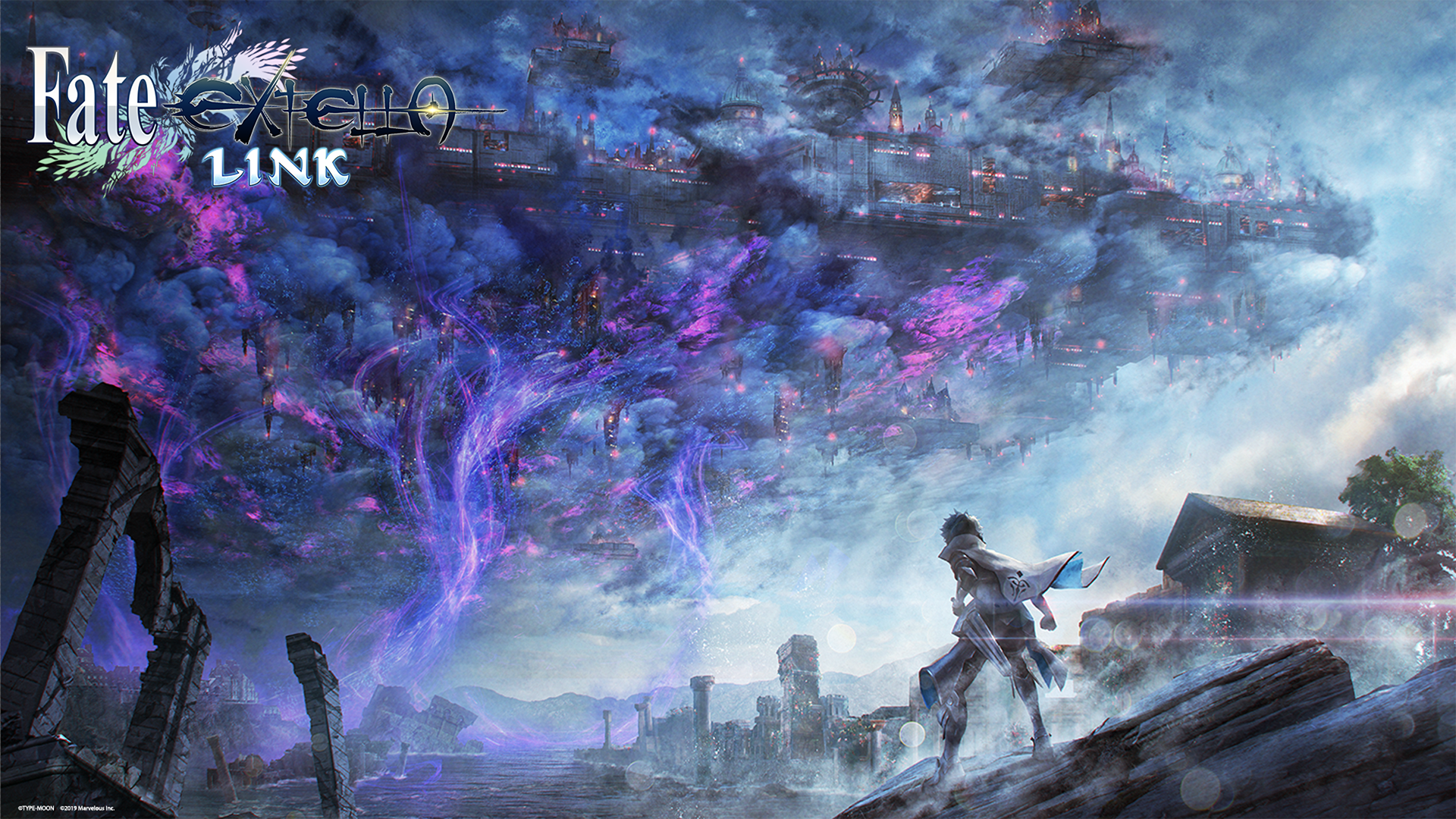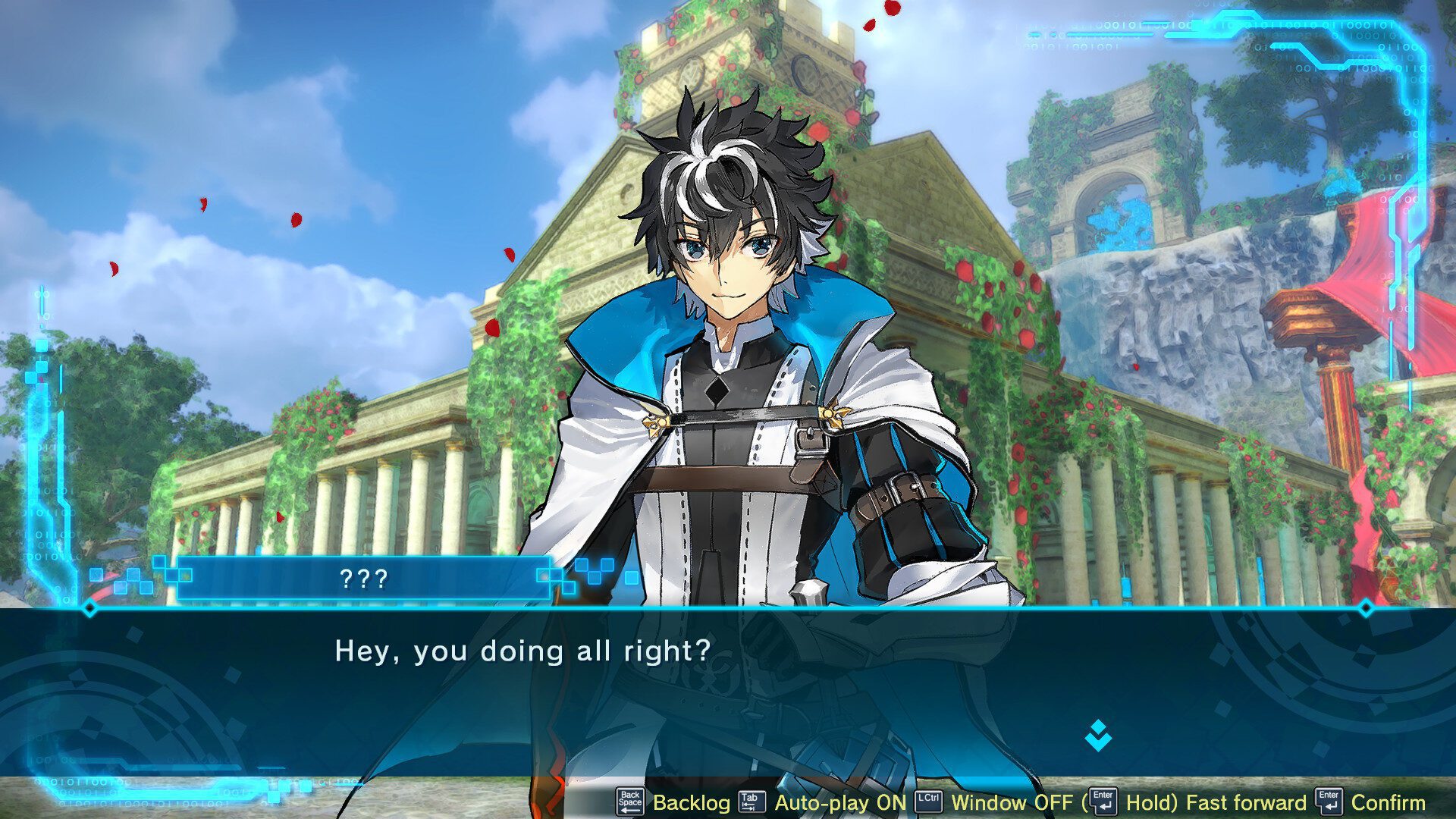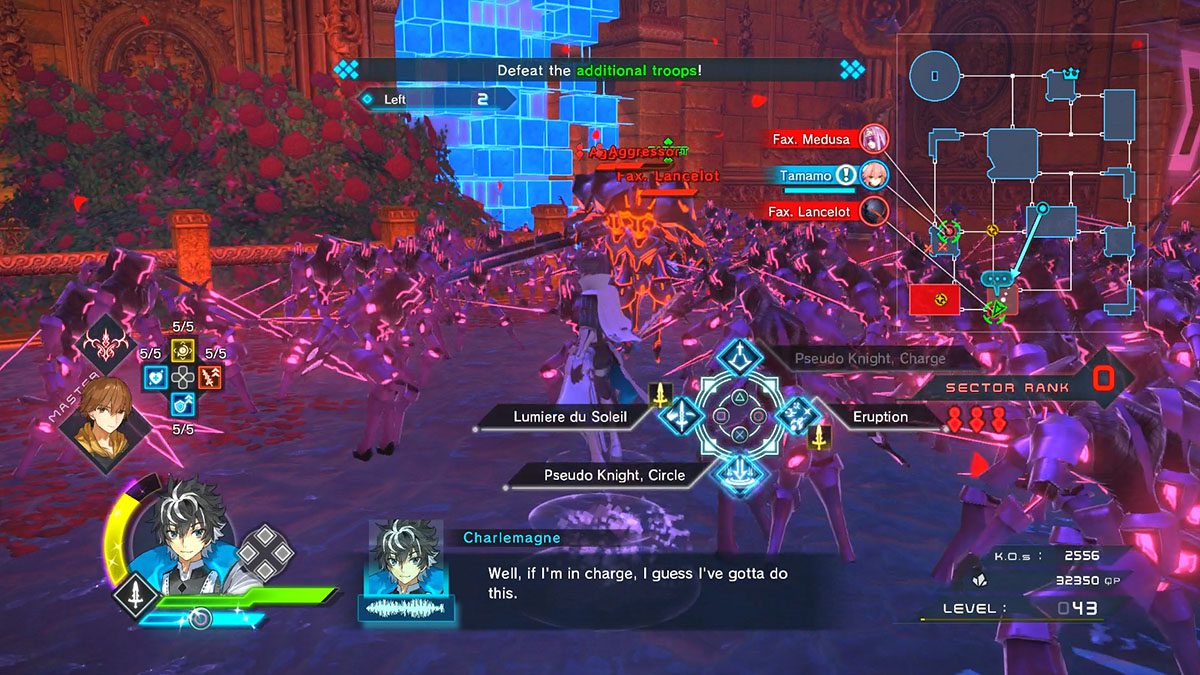
One of the unintended consequences of studying history in college is that I have a harder time enjoying media based on historical figures and events. I can still appreciate well structured narratives and engaging dialogue, but my inner scholar’s insatiable need for historical accuracy definitely holds me back from truly enjoying it to the fullest. However, I’ve also gained a level of morbid curiosity for media that very blatantly incorporates historical elements with such a lack of understanding of the source material that I can tell it’s a dumpster fire from halfway across the world. So for this article I have subjected myself to one of the worst offenders in the realm of historical butchering for your entertainment.
Fate is a Japanese franchise that encompasses dozens of video games, animated films/TV shows, and graphic novels. The central premise of the series is a secret society of mages summoning “heroic spirits” from history and legend to fight each other battle royale style in order to acquire a magical wish granting device called the holy grail (which is not related to the Cup of Christ). The video game I will be reviewing from this massive catalog of magical mayhem is Fate/EXTELLA LINK, which was released in 2018 and is the last game in an alternate timeline where the mages became hackers living in a virtual world created by an alien supercomputer on the moon. Confused yet? I know I am and I did extensive research into this convoluted mess!
The central conflict of Fate/EXTELLA LINK focuses on the heroic spirit of Charlemagne teaming up with the player’s avatar character(named Hakuno Kishinami by default) to stop another heroic spirit named Magnus Rex Karl from conquering the moon. My fellow historians out there are probably confused as to why I’m referring to Charlemagne and Magnus Rex Karl like they are the names of two different people when they are synonymous titles for the same historical figure. Well in this game the Father of Europe has been split into two personas. The spirit of “Charlemagne” is the embodiment of the heroic legends found within the Song of Roland and other stories pertaining to the Twelve Paladins. The spirit of “Magnus Rex Karl” on the other hand is based on the real life exploits of Charlemagne, the mighty conqueror crowned Holy Roman Emperor by Pope Leo III.
I like the idea of a story exploring the way we perceive historical figures against how they actually were, but Fate/EXTELLA LINK fails to properly execute the idea due to a clear lack of understanding of who the historical Charlemagne really was. Fate seems to think that Charlemagne was nothing more than a barbaric warlord, an embodiment of the negative stereotypes that so often characterize modern perceptions of the medieval period. Charlemagne was a conqueror, no one in their right mind would deny that much, but he was also a great statesman who oversaw positive economic, educational, and religious reforms that would reshape the future of Europe as we know it. Heck even the game’s “fictional” Charlemagne does a pretty poor job of representing the legends he is supposedly based on.

Thanks for asking Charlie. I would be doing better if you weren’t so historically inaccurate.
However, Charlemagne and Magnus Rex Karl are just two of twenty five playable characters based on figures from ancient mythologies, classic literature, and historical fact(basically anything that’s considered public domain). Unfortunately, most of them are not adapted particularly well either. It’s a large cast so the levels and types of inaccuracy vary from character to character so I won’t go over everyone, but to demonstrate just how bad it gets let’s have a look at Nero Claudius. Nero was a 1st century Roman emperor who was popular among the Roman lower class for his patronage of fine arts and entertainment, but such gestures simply distracted the masses from a power mad tyrant who killed several of his own family members, undermined the Roman Senate’s authority at every chance he got, and even orchestrated the Great Fire of Rome to make way for a new palace which he blamed on the then burgeoning Christian population, leading to a genocide campaign against the early Church. How does Fate choose to portray such a figure? By making him a sexy young woman who’s incessant narcissism is nothing more than a harmless personality quirk for an otherwise benevolent ruler who dotes upon her loyal subjects!
This is wrong on so many levels. Changing historical figures’ sex for the sake of increasing the number of attractive women in the game is extremely lazy and it’s even worse in Nero’s case considering her physical appearance is a blatant rehashing of the design used for the series’ mascot Artoria(a female version of King Arthur). But the sex change is quite frankly the least of our worries compared to how the game over emphases Nero’s popularity with the lower class as justification to make her a hero when in actually she should be counted among the most monstrous humans to ever walk the earth. And despite the fact that the main theme of the game is the perception vs. the reality of history it’s insulting that these facts are hardly ever acknowledged in the story. I know I’m getting myself pretty worked up over a piece of fiction, but as a historian I strongly believe such stories should be grounded in the truth so that we don’t tarnish the accomplishments of great people or praise the evil deeds of wicked individuals.
As a video game, Fate/EXTELLA LINK is a very particular brand of action game commonly referred to as a “Musou” or “Warriors” game, in reference to the Dynasty Warriors series which is the standard by which all others are judged. The distinction comes from the fact that players are fighting hundreds of enemies all at once. I know that must sound like an overwhelming premise, but the thing is most of these enemies are faceless jobbers who go down fairly quickly without putting up much of a fight. Defeating the weaker enemies will attract tougher enemies and defeating those enemies will capture territory for your army, repeat this cycle while completing mission objectives to win the battle. Winning battles grants your character experience points to make them stronger so you can move on to more challenging maps. Overall the game is fairly simplistic and doesn’t really present much of a challenge to the player until they reach the post-story content, a problem shared by many “Warriors” games, but in spite of this Fate/EXTELLA LINK is probably one of the best games in the genre.
The maps are divided up into small sections which the player travels between using a network of fast-travel lanes. Most other “Warriors” games opt for larger, interconnected maps, but this lane system significantly cuts down on the amount of travel time between objectives so you get back to the real action. Not every lane leads to every sector however, and since no two maps are organized quite the same way the player constantly needs to analyze the quickest routes across the map just in case a powerful enemy drops in unexpectedly to cause trouble.
Additionally, there are a number of customizable attributes players can use to tailor their characters towards the playstyle they prefer. Each character has seven Active Skills, four of which can be equipped at a time, which include devastating special moves, defensive counter attacks, and temporary buffs applied to their normal skills. The Instal Skills are orbs rewarded at the end of a battle which provide passive buffs when equipped to a character, they might strengthen the characters attacks, bolster defense against certain enemies, or even increase the rate at which they gain experience points. Lastly there are the Mystic Codes which are earned by achieving high scores. When equipped they provide additional buffs similar to those granted by Instal Skills while also providing consumable boosts in battles including healing so it is fairly important to upgrade regularly. All of these small bonuses the customization offers can really add up to make powerful characters suited to the player’s strategy.
For all of its strengths however, the game certainly isn’t perfect. The environments the game takes place rotate between the same 5 locations which works for a while, but eventually gets a bit repetitive. Speaking of aesthetics, the graphics aren’t always the greatest with a few rough textures and stiff animations here and there. I also ran into some framerate issues and long load times which I admit could be a consequence of playing on the inherently less powerful Nintendo Switch. The PS4 and Steam releases may improve performance, but I am not able to personally verify that claim. Lastly, while I am by no means an expert in the “Warriors” genre, I have played enough of them to say that the ones where you can swap between characters on the fly are among the most fun so the fact that Fate/EXTELLA LINK lacks this feature is a huge missed opportunity.

I’m not trapped in here with you, foolish grunts. You’re trapped in here with me.
I suppose Fate/EXTELLA LINK was ultimately about what I was expecting it to be. I knew the story was going to be trash, but it provided me with no shortage of talking points regarding history and historical accuracy which is never a bad thing. I knew the gameplay probably wasn’t going to offer much of a challenge, but it has a little depth that I think other “Warriors” games could take a few lessons from. If you’re a fan of “Warriors” games or are interested in trying one out, then I’d say Fate/EXTELLA LINK is a good investment. However, if you want to learn something about history, I would recommend taking a field trip to Aachen to peruse the many classical and medieval texts preserved in Charlemagne’s library.
Scoring: 56%
Gameplay: 4/5
Visuals: 3/5
Sound: 3/5
Story: 1/5
Replayability: 3/5
Morality and Parental Warnings
Fate/EXTELLA LINK is an action game where players fight against huge armies of mostly robots with some skeletons and hoplites thrown into the mix whenever Darius III and/or Iskandar(Alexander the Great) are involved. Characters wield a wide range of blades, bludgeons, and projectile weapons. Magic is also prevalent throughout the game and ranges anywhere from simple stuff like shooting fireballs to far less savory things like summoning Lovecraftian horrors. Many of the game’s characters wear very sexualized outfits, especially the female characters. Many characters are based on ancient pagan mythologies including Greek, Indian, Irish, Japanese, and Sumerian. The character Gilles de Rais is based on a French nobleman who fought alongside Joan of Arc in the Hundred Years War who later fell away from his faith and became a serial killer involved in occult rituals. Fate recontextualizes Gilles’s fall into madness as a result of St. Joan’s death, however this is an extremely radical exaggeration of their actual relationship.
